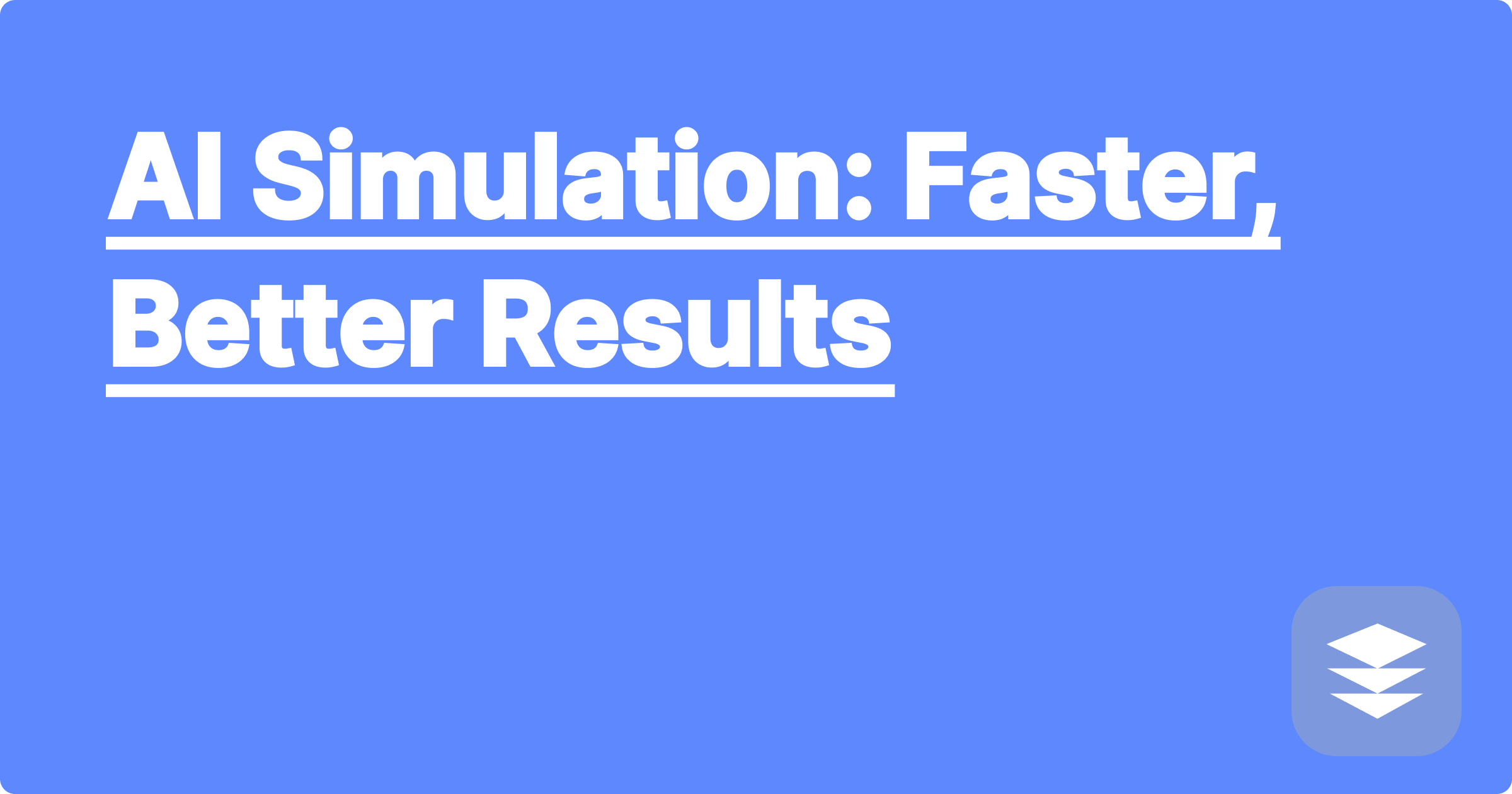
The rapid advancement of technology and the increasing complexity of scientific problems demand more efficient and effective research methodologies. STEM students and researchers are constantly seeking ways to accelerate their work, optimize experiments, and achieve faster, more reliable results. Traditional research methods can be time-consuming and resource-intensive, often involving numerous trial-and-error experiments. Artificial intelligence (AI) offers a powerful solution to this challenge, providing tools and techniques to significantly enhance research design and optimize simulations, leading to faster and more insightful outcomes.
This shift towards AI-driven research isn't just a fleeting trend; it's a fundamental change in how scientific discoveries are made. For STEM students, mastering these AI tools is no longer optional, but essential for staying competitive and contributing meaningfully to their fields. This blog post will explore the specific benefits of integrating AI into research design, focusing on Design of Experiments (DOE) and simulation optimization. We'll delve into practical examples, step-by-step guides, and comparisons of various AI tools, empowering you to leverage AI for academic success.
Traditional research design, particularly in fields involving complex systems, can be a daunting process. Experimentation often involves manipulating multiple variables simultaneously, making it challenging to identify the optimal parameters for achieving desired outcomes. Running numerous physical experiments can be expensive, time-consuming, and sometimes even impossible due to resource limitations or ethical considerations. Similarly, simulations, while valuable for exploring complex phenomena, can be computationally expensive and require significant expertise to set up and interpret. This is where AI steps in, providing a powerful set of tools to streamline the entire research process.
AI offers a transformative approach to research design optimization through techniques like Design of Experiments (DOE) and simulation optimization. AI algorithms can analyze vast datasets, identify patterns, and predict optimal experimental parameters with remarkable accuracy. Generative Pre-trained AI (GPAI) tools, such as deep learning models, can be trained on existing experimental data or simulation results to generate new designs and predict outcomes, significantly reducing the need for extensive physical experimentation. For instance, GPAI models can be used to optimize the design of a chemical reactor by predicting the optimal temperature, pressure, and reactant concentrations for maximizing yield. Similarly, AI-powered simulation optimization algorithms can efficiently explore the parameter space of a complex simulation, identifying the optimal settings for achieving specific performance targets. Tools like ChatGPT or Wolfram Alpha can assist in formulating research questions, exploring relevant literature, and even generating code for simulations.
Implementing AI in research design typically involves several key steps. First, define the research question and identify the key variables and parameters that need to be optimized. Next, gather relevant data from previous experiments, simulations, or literature. This data is then used to train a GPAI model or configure an AI-powered optimization algorithm. The trained AI model can then be used to generate new experimental designs or predict simulation outcomes. These predictions are then validated through targeted physical experiments or more detailed simulations. Finally, the results are analyzed, and the AI model is further refined based on the new data. This iterative process allows for continuous improvement and optimization of the research design.
Consider a student researching the efficiency of solar cells. Traditionally, they might conduct numerous experiments, varying the material composition and manufacturing process. Using AI, they could train a GPAI model on existing data to predict the optimal combination of materials and processing parameters, drastically reducing the number of required physical experiments. Another example is a researcher studying fluid dynamics. They could use AI-powered simulation optimization tools to explore the complex parameter space of a computational fluid dynamics (CFD) model, identifying the optimal design for a wind turbine blade. A concrete example of using GPAI would be leveraging a model like DeepMind's AlphaFold to predict protein folding, a complex process crucial for drug discovery. This dramatically accelerates research compared to traditional methods. Furthermore, tools like Wolfram Alpha can be used to quickly calculate complex equations, analyze experimental data, and provide valuable insights for research design.
Effectively integrating AI into your research workflow requires a strategic approach. Start by identifying specific areas where AI can provide the most significant benefit. Focus on tasks that are repetitive, time-consuming, or require complex calculations. Familiarize yourself with different AI tools and platforms and choose those that best suit your research needs. Collaborate with experts in AI or attend workshops to enhance your skills. Critically evaluate the results generated by AI tools and always validate them through appropriate experimental or simulation methods. Document your AI-driven research process thoroughly, including the specific tools used, parameters chosen, and validation procedures. This will ensure reproducibility and strengthen the credibility of your findings.
Finally, remember that AI is a powerful tool, but it's not a replacement for critical thinking and scientific rigor. Use AI to augment your research capabilities, but always maintain a deep understanding of the underlying scientific principles. By combining your domain expertise with the power of AI, you can significantly accelerate your research, achieve faster, more reliable results, and make meaningful contributions to your field. Explore the numerous AI tools available, experiment with different approaches, and discover how AI can transform your research journey. What are your experiences with using AI in your STEM research? Share your thoughts and questions in the comments below!
AI for STEM Exams: Ace Your Tests!
AI-Powered Lab Data: Analyze Faster!
STEM Research: AI Study Boost!
AI-Powered DOE: Optimize Your Experiments
AI Simulation: Faster, Better Results
AI in Research: Design Smarter Studies
Ace STEM Exams: AI-Powered Prep
Mastering STEM: AI Study Guide